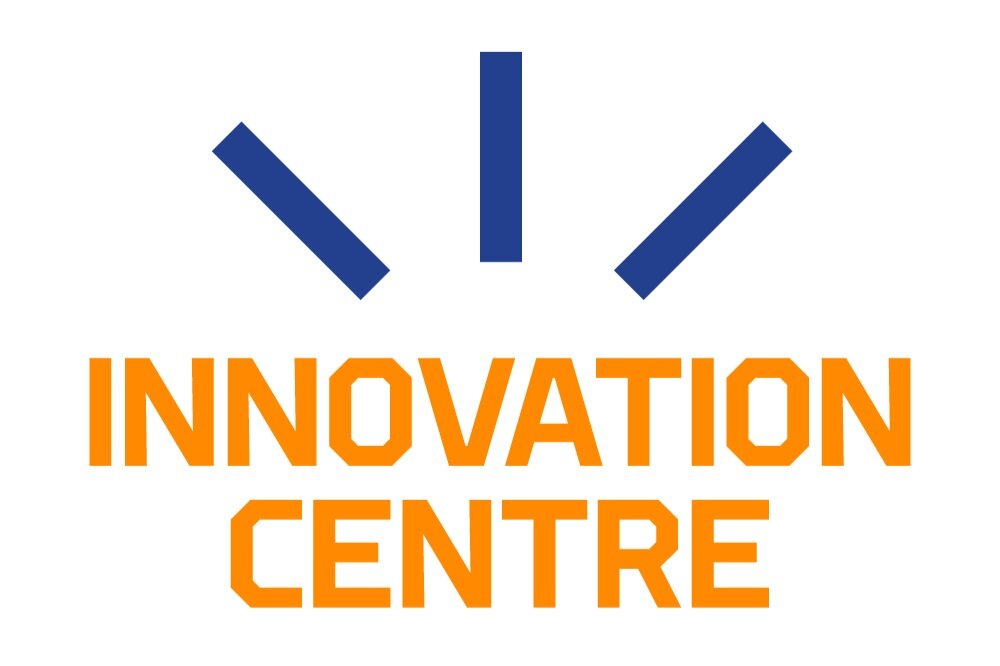IndoorAtlas' customer doesn't get lost on the way! The technology of research-based startup helps navigate indoors
Kirjoittanut Vilma Lehto
How often do you use some sort of GPS application when moving from one place to another? In addition to such applications being developed for outdoor navigation, there is also a need for similar applications for indoor navigation. Based on research conducted at the University of Oulu, a startup company called IndoorAtlas emerged and it provides solutions related to indoor positioning.
The technology used in IndoorAtlas is based on the research of Janne Haverinen, who is currently the company's owner.
"While studying at the university, I conducted research on mobile robotics, and as part of that research, I developed new technology for indoor navigation," Haverinen explains.
The technology developed by Haverinen utilises geomagnetic fields present within buildings for navigation. The steel structures of the building interact with these fields, creating a kind of magnetic landscape. This landscape can be used to locate a mobile robot as it moves inside the building.
"Inside a building, there is a varying magnetic field, as if it were a mountainous terrain. Based on the shapes of the landscape, we can locate the device if the shapes are first mapped. In the initial stages of the research, we had a robot, for example, that mapped the building's magnetic field, but nowadays, it can be done with a mobile device."
Putting smartphones to good use
When Haverinen's research began about 15 years ago, smartphones were not in every hand. Therefore, he used robots and magnetometers, for example, when testing the technology.
"Already then we thought that the technology could be integrated into smartphones. In 2009, however, phones did not have all the sensor capabilities needed for this technology."
Smartphones with the required sensor features eventually entered the market, and that's when Haverinen realised the invention should be patented. At the same time, a company could be founded around it.
"We couldn't patent the original idea of utilising magnetic fields for smartphone navigation because we had already published an article on the topic. However, we had to solve many technological problems to make our technology usable in the real world. These solutions could be patented."
The technology has evolved over the years and is no longer solely based on using magnetic fields for navigation, even though this is still the foundation of the technology. Now the technology also utilises Wi-Fi signals, motion sensors, and barometric sensors, for instance.
Navigating on international markets
Currently, companies like Yahoo! JAPAN uses IndoorAtlas' technology in their own mapping application, which is the equivalent of Google Maps in Japan.
"Yahoo! JAPAN uses our technology in places like subway stations, which are massive underground structures in Japan. Additionally, our technology has been taken to places such as airports, hospitals, and exhibition organizers' facilities in the United States, Europe, and Asia."
The technology is integrated into the customer's mobile application. When the application is used, for example, at exhibitions, it can also collect analytics.
"The technology collects data on where people are moving. Based on this, we get information, for example, on which exhibition booth people have spent the most time."
Heading towards new customers
The company's current goal is to grow by finding new customers and providing additional value to existing customers through various services. Additionally, the aim is to establish a foothold in the Finnish market as well.
"We already have some customers in Finland. We have developed technology for locating laptops, for example. Companies often have leased laptops that they want to operate or update. Our technology helps locate the device in these situations, making it easier to provide service," Haverinen explains.
At present, IndoorAtlas has a team of approximately ten people, and the company has grown slightly in recent years. The industry has been challenging, but in recent years, the number of new applications that utilise indoor positioning has shown signs of growth. As examples, Haverinen mentions applications used in healthcare, airports, smart offices, and large events.
"In the same way, GPS was initially only used in navigation devices or for aviation and military purposes. Now, applications that use GPS positioning, like Wolt and Uber, are used every day. I believe that the development of services that use indoor positioning will be similar."
Janne Haverinen currently works as a Business Development Manager at the Innovation Centre. He feels that being an entrepreneur has given him tools for his current job. “When you have gone through the path from a researcher to an entrepreneur, you will better understand what it is like to move from a laboratory to a commercial world. This way, you can better help those who are going to walk on the same path,” he says.
Vilma Lehto
Viestinnän harjoittelija / Communications Intern
+358 50 305 5761
vilma.lehto@oulu.fi
Blogitekstit, uutiset, sosiaalinen media, tapahtumaviestintä.
Blog posts, news, social media, events communication.




